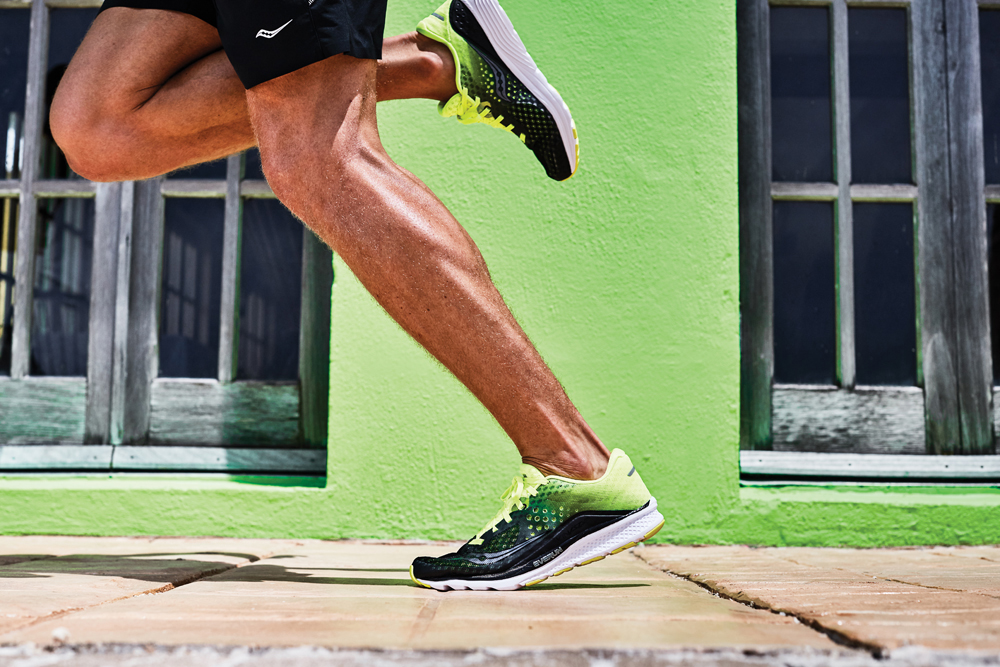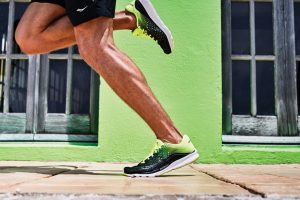
 Healthy feet make for healthy runners. Finding the perfect running shoes can be the difference between winning the marathon or limping behind.
Healthy feet make for healthy runners. Finding the perfect running shoes can be the difference between winning the marathon or limping behind.
When we run, the last thing we want to think about is whether our shoes will leave us blistered and sore.
Poorly fitting running shoes can make existing foot symptoms worse, or create new problems. It is important to identify the perfect running shoes for the fit, feel and function of your feet.
Key considerations for finding the perfect running shoes:
- Wide vs Narrow: A shoe too narrow can cause blisters, foot cramping and aggravate existing conditions such as calluses and bunions. A shoe too wide will not offer enough support and increase the risk of a foot related injury.
- Stability vs Neutral:
– Stability running shoes are recommended for people with feet that overpronate or roll inwards when running, commonly known as ‘flat feet’. A stability running shoe helps with pronation control, relieving pressure on knees and joints. It will also assist in minimising the risk of injuries such as shin splints and plantar fasciitis.
– Neutral running shoes are recommended for people with minimal pronation. These are perfect for an individual with normal to high arches and a natural gait. A neutral running shoe will give you additional cushioning for support and comfort. - Orthotics: Orthotics can be used to stabilise the heel, provide arch support and improve the biomechanics of the foot. Orthotics will require a shoe with a removable insole and depth to accommodate. A neutral running shoe allows the orthotics to function as intended and will not over-correct the foot when exercising.
With all this in mind, it is important to choose a brand that specialises in running shoes. Saucony and New Balance develop running shoes that consider running style, running environment and foot health. Saucony has developed a step by step tool to assist in finding the perfect shoes for performance and activity.
My FootDr understands a runner’s passion and wants to keep runners on their feet. By taking these simple steps, you can identify the perfect running shoe to keep you moving.
Tips to help you find the perfect running shoe:
- When fitting, usually fit ½ – 1 size larger than your normal shoe size to prevent impact injuries.
- If you’re looking for new footwear for an event, make sure you leave yourself at least a month to wear them in pre-event. Your feet will thank you!
- Talk to your podiatrist about lacing techniques.


